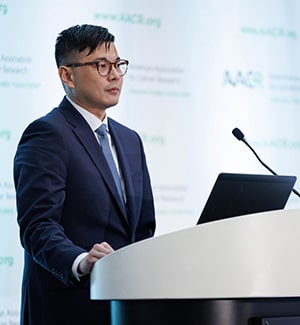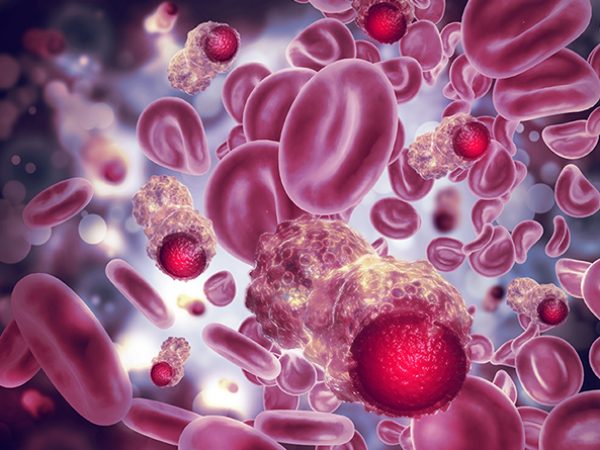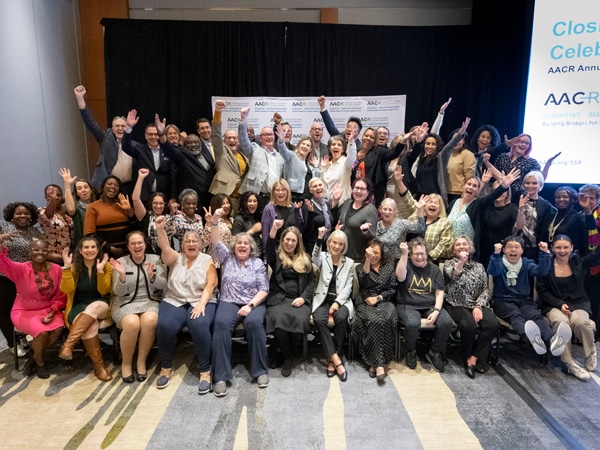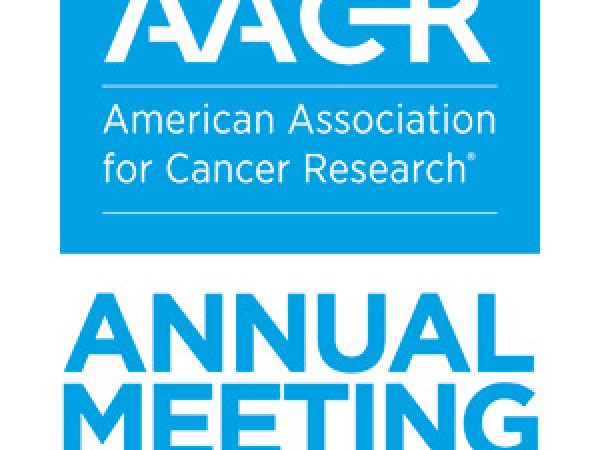Solving the Brain Riddle: New Treatments for Brain Tumors
The Scarecrow in the “Wizard of Oz” wishfully sang that if he only had a brain, he could “unravel every riddle for any individ’le,” but the brain itself has proven to be quite a riddle for scientists trying to uncover new treatments for brain tumors.
“There are many reasons for this,” Patrick Wen, MD, director of the Center for Neuro-Oncology at the Dana-Farber Cancer Institute, said during a session at the American Association for Cancer Research (AACR) Annual Meeting 2024, held April 5-10. “There’s a problem with a blood-brain barrier that excludes over 90% of cancer drugs from being useful. There are issues of tumor heterogeneity and redundance of signaling pathways. We don’t have a lot of easy targets. The tumor microenvironment is immunosuppressed. When you have a slow-growing tumor … it takes a year or two to figure out if your drug did anything. And there are many other factors.”
That’s why the U.S. Food and Drug Administration’s (FDA) initial accelerated approval of temozolomide in 1999 for the treatment of anaplastic astrocytoma had been one of the last major advancements in this space for decades, but Wen said the past couple of years have seen some real progress that is starting to lead to new approvals.
Most recently, in April 2024, the FDA approved tovorafenib (Ojemda) for patients 6 months and older with relapsed or refractory pediatric low-grade glioma (LGG) harboring a BRAF fusion or rearrangement. Gliomas are malignant tumors in the central nervous system (CNS) classified by grades of severity 1 through 4. LGGs, which are considered a grade 1 or 2 due to their slow-growing nature, account for about 30-40% of CNS tumors in children and adolescents, making them the most common CNS tumor in this age group, with about 75% having a BRAF fusion or rearrangement. This marked the first approved treatment for this cancer type with this mutation in pediatric patients.
Wen said we may see another new approval later this summer as well as more new treatments for brain tumors in the coming years as he provided an overview of the recent clinical advances for gliomas and glioblastomas, which are grade 4 gliomas.
Targeting IDH-Mutated Gliomas
The next treatment to keep an eye on is vorasidenib, which Wen said the FDA is expected to make a decision on by August. Vorasidenib is one of a few new drugs in development attempting to inhibit the isocitrate dehydrogenase (IDH) mutation that is found in more than 80% of grade 2 and 3 gliomas.

“In the presence of mutated IDH, alpha-ketoglutarate is converted to the oncometabolite 2-hydroxyglutarate (2-HG) and this causes epigenetic changes in tumor genesis,” Wen explained. “The hope is that if you can inhibit mutant IDH you can reverse this process.”
The phase III INDIGO trial compared 331 patients randomly assigned to receive either vorasidenib and or a placebo to treat their residual disease after surgery and found that those in the vorasidenib group (168 patients) had a median progression-free survival of 27.7 months compared to 11.1 months in the placebo group (163 patients), according to the results published in New England Journal of Medicine.
About 23% of patients who received vorasidenib experienced a grade 3 adverse event. Most common was an increased alanine aminotransferase level, which can be a sign of liver disease. About 4% of the patients on vorasidenib had to discontinue treatment due to an adverse event.
Ultimately, Wen said that if vorasidenib is approved, it could be used as a first-line therapy to put off radiation and chemotherapy, which can cause neurotoxicity in some patients if they are exposed to those therapies for too long. But he said there would also be interest in testing vorasidenib in combination with radiation and chemotherapy, as an adjuvant therapy after completion of radiation and chemotherapy, and as a solo treatment for recurrent tumors.
[Editor’s note: On August 6, 2024, the FDA approved vorasidenib for adult and pediatric patients 12 years and older with Grade 2 astrocytoma or oligodendroglioma with a susceptible IDH1 or IDH2 mutation, following surgery including biopsy, sub-total resection, or gross total resection.]
Besides vorasidenib, Wen said safusidenib is probably furthest along of the other IDH inhibitors in development as it showed “fairly impressive” response rates in a phase I trial and is currently in a phase II trial.
Inhibiting DNA Damage Response in Glioblastoma
While progress has been limited in treating glioblastomas, Wen mentioned the early promise seen in targeting the DNA damage response pathway. Currently, the standard of care for newly diagnosed patients with glioblastoma involves intensity-modulated radiation therapy (IMRT), which kills cancer cells by damaging the DNA inside of the cell. When this happens, the ataxia telangiectasia mutant (ATM) cell signaling pathway is activated to help repair the DNA double-strand breaks (DSBs). This process, however, impedes the effectiveness of radiation therapy.
AZD1390 is an ATM inhibitor in early development that could help prevent the repair of DSBs to enhance the effectiveness of IMRT. Jonathan T. Yang, MD, PhD, of NYU Langone Health’s Perlmutter Cancer Center, presented the results of a global phase I trial for the drug during another session at the meeting.

The purpose of this trial was to assess the safety, tolerability, early efficacy, and maximum tolerated dose of AZD1390 with IMRT in humans. As of February 2024, 115 patients were given AZD1390, including 75 with recurrent glioblastoma in Arm A and 36 with newly diagnosed, O6-methylguanine-DNA methyltransferase (MGMT) unmethylated glioblastoma in Arm C. Out of the 115 patients, 18 (15.7%) experienced an AZD1390-related adverse event of a grade 3 or 4. There were no grade 5 treatment-related adverse events. Additionally, 4.3% of patients discontinued AZD1390 treatment due to an adverse event related only to AZD1390.
While they are still collecting efficacy data in both arms, a median overall survival (OS) of 12.7 months was observed in patients in Arm A. Yang said prior studies have shown the current standard of care leads to an OS of 6 to 10 months. The OS data for Arm C is still maturing and will be announced later.
“Glioblastoma is a lethal cancer with the majority of patients not surviving past two years from diagnosis,” Yang explained. “If the preliminary efficacy benefit observed in this trial is proven in a pivotal study, it would be a critical, biologically supported approach to address the high unmet need in glioblastoma.”
More Treatments for Brain Tumors on the Horizon
Wen also briefly touched on several other methods researchers are taking to treat brain tumors, including two different potential therapeutic vaccines. One is a peptide-based vaccine that stimulates an immune response to survivin, a molecule known to be highly expressed in glioblastoma cells. The other is a personalized vaccine targeting patient-specific neoantigens, which is being developed by Catherine J. Wu, MD, FAACR, the Lavine Family Chair of preventative cancer therapies at Dana-Farber Cancer Institute and a professor of medicine at Harvard Medical School.
Therapies are also being studied that use viruses to either kill tumors or turn “cold” tumors “hot,” which means to make them more susceptible to immunotherapies that have not been very effective in treating gliomas to date. Several chimeric antigen receptor (CAR) T-cell therapies are also in development, including one targeting epidermal growth factor receptor and interleukin-13 receptor alpha 2.
With these potential breakthroughs and other areas researchers are exploring, Wen says progress is being made on bringing new treatment options to patients with brain tumors.



